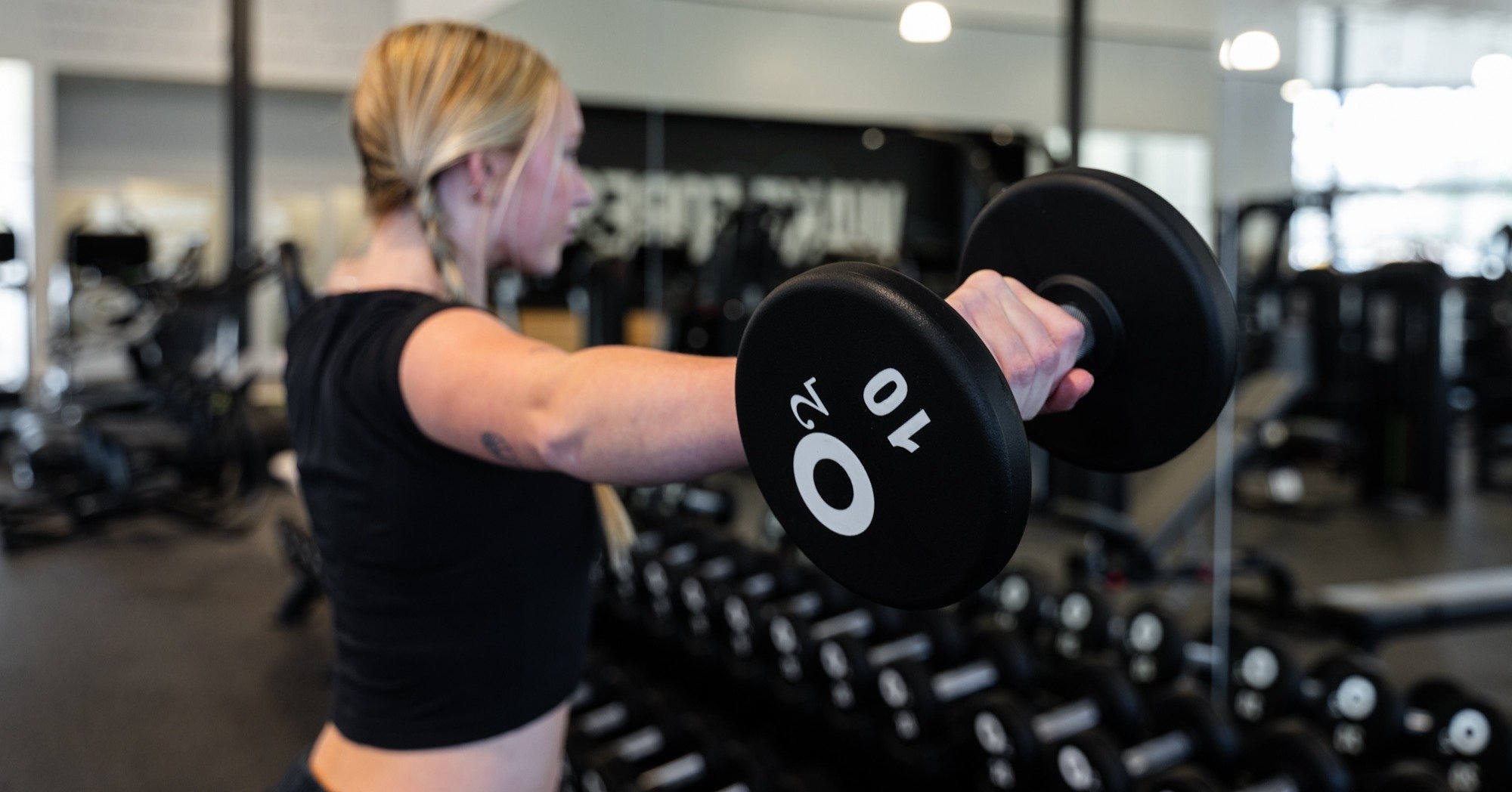Incorporating a variety of bench press techniques can be a game-changer when it comes to strengthening your chest muscles.
So, if you're looking to build a powerful and defined chest, then it's time to mix up your bench press routine!
There are three main variations of the bench press: incline, decline, and flat. Each variation targets slightly different muscles in the chest and offers its own unique benefits.
Keep reading to learn how each technique targets specific muscle groups in the chest to build strength and muscle!
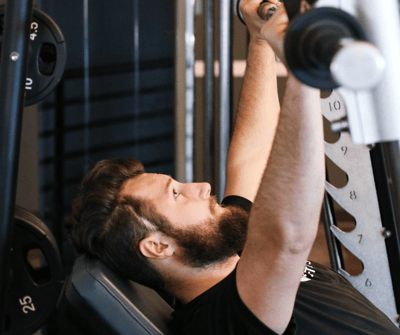
The Benefits of Incline Bench Pressing
The incline bench press is performed with the bench set at an incline, typically 30-45 degrees. This angle places more emphasis on the upper chest muscles.
Here are some benefits of adding this chest press variation to your workout routine:
Targets the Upper Chest:
Incline benching places a primary emphasis on the upper pectoral muscles (which is the primary muscle in your chest.) This variation helps create a well-rounded and sculpted chest, providing a balanced aesthetic.Improves Shoulder Strength and Stability:
The incline bench press can help improve shoulder strength and stability by engaging the anterior deltoids and rotator cuff muscles, which help to raise the arms forward and stabilize the shoulder joint, respectively.
Helps to Develop Chest Strength and Size:
The incline bench press can help develop chest strength and size by isolating the upper chest muscles and allowing you to lift heavier weights.
How to Incline Bench Press:
- Find an adjustable bench and set it to an incline of 30-45 degrees.
- Lie on the bench with your feet flat on the floor and your back arched enough to ensure your shoulders are underneath you (this will help to engage the lats to keep the shoulders stable.)
- Grip the barbell slightly wider than shoulder-width apart before lifting it to unrack the weight.
- Lower the barbell to your chest in a controlled manner.
- Press the barbell back up to the starting position.
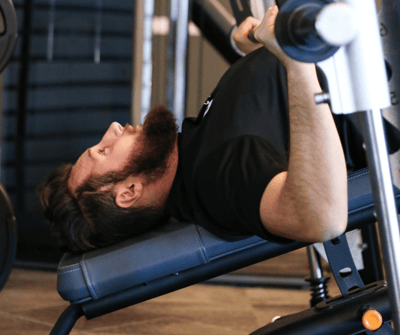
The Benefits of Decline Bench Pressing
The decline bench press is performed with the bench set at a decline, typically 15-30 degrees. This angle places more emphasis on the lower chest muscles.
Targets the Lower Chest Muscles:
Decline bench pressing targets the lower chest muscles by increasing the stretch on the pectoralis major muscle and reducing the range of motion. This allows you to lift heavier weights and stimulate muscle growth in the lower chest.
Increased Triceps Engagement:
Decline bench pressing increases tricep engagement by increasing the angle of the elbows and stretching the triceps muscles. This stretch causes the triceps to work harder to lift the weight!
Minimized Shoulder Stress:
Decline bench pressing decreases shoulder stress by reducing your range of motion and shifting the focus to the lower chest. This takes the pressure off of the muscles at the front of your shoulders that are most commonly used during the standard bench press.
Considerations for Starting Decline Benches:
The Decline Bench Press is an advanced bench press variation. For your safety, we highly recommend that you make sure that there is proper equipment and spotters available to remain safe throughout the exercise. We also recommend gradually progressing to heavier weights to avoid straining your lower back.
How to Decline Bench Press:
- Set the bench to a decline of 15-30 degrees and secure your feet.
- Lie on the bench with your feet flat on the floor and your back arched.
- Grip the barbell slightly wider than shoulder-width apart.
- Lower the barbell to your chest in a controlled manner.
- Press the barbell back up to the starting position.
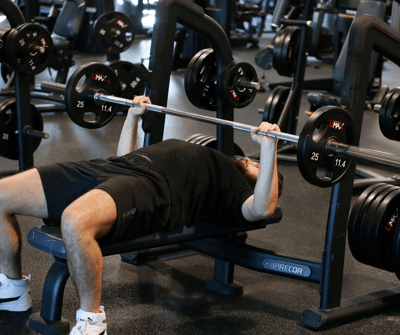
The Benefits of Flat or Standard Bench Pressing
The flat or standard bench press is a compound exercise that works the chest, triceps, and shoulder. This is one of the most popular exercises in powerlifting and weightlifting in general!
Here are some benefits of this essential chest workout:
Targets the Entire Chest Muscle:
The flat bench press targets the entire pectoralis major muscle, the primary muscle in the chest. This makes it a great exercise for developing overall chest strength and size.
Increases tricep strength:
The triceps muscles are also heavily involved in the bench press. By doing regular bench presses, you can significantly increase your tricep strength.
Improves shoulder stability:
The bench press also helps to improve shoulder stability. This is because the bench press engages the anterior deltoids, the muscles at the front of the shoulders.
How to Flat Bench Press:
- Lie on a flat bench with your feet flat on the floor and your back arched.
- Grip the barbell slightly wider than shoulder-width apart.
- Unrack the barbell and lower it to your chest in a controlled manner.
- Press the barbell back up to the starting position.
All three variations of the bench press are effective exercises for building chest strength and size. However, each variation targets the chest muscles slightly differently.
So, if you're looking to maximize your chest gains, remember to:
- Aim for a well-rounded routine including all three variations to target all areas of the chest,
- Prioritize proper form and technique over lifting heavy weights always,
- And listen to your body! It's important to listen to your body's cues toward discomfort and pain to avoid injury.
By incorporating incline, decline, and flat benching strategically into your workout routine, you'll unlock a new level of chest strength and muscle development.







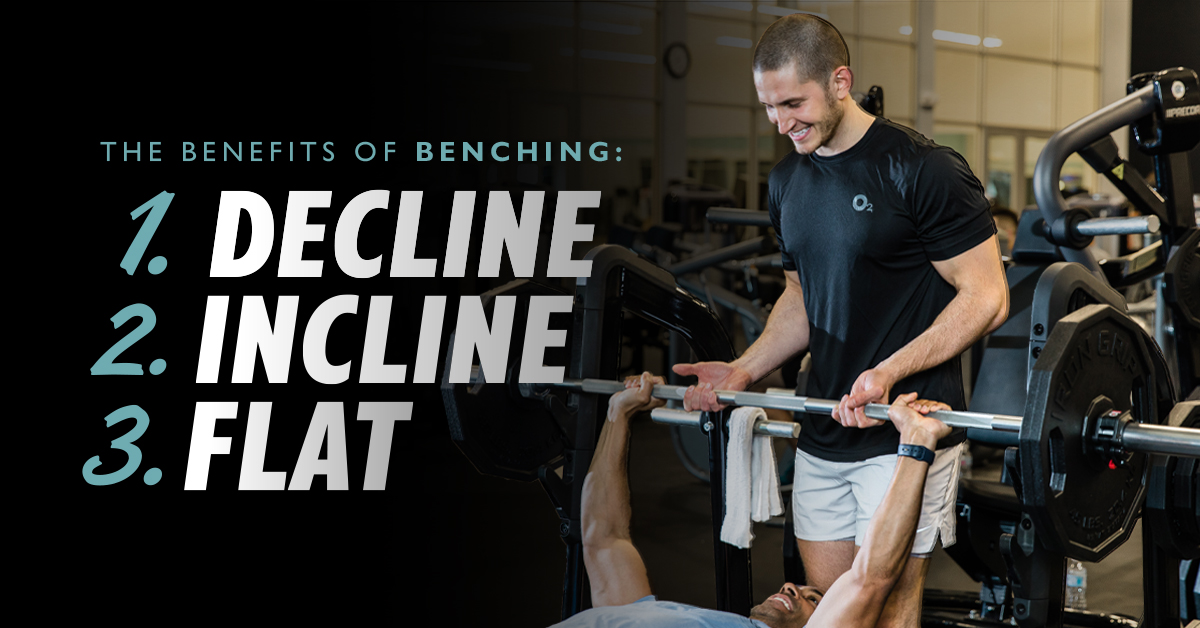
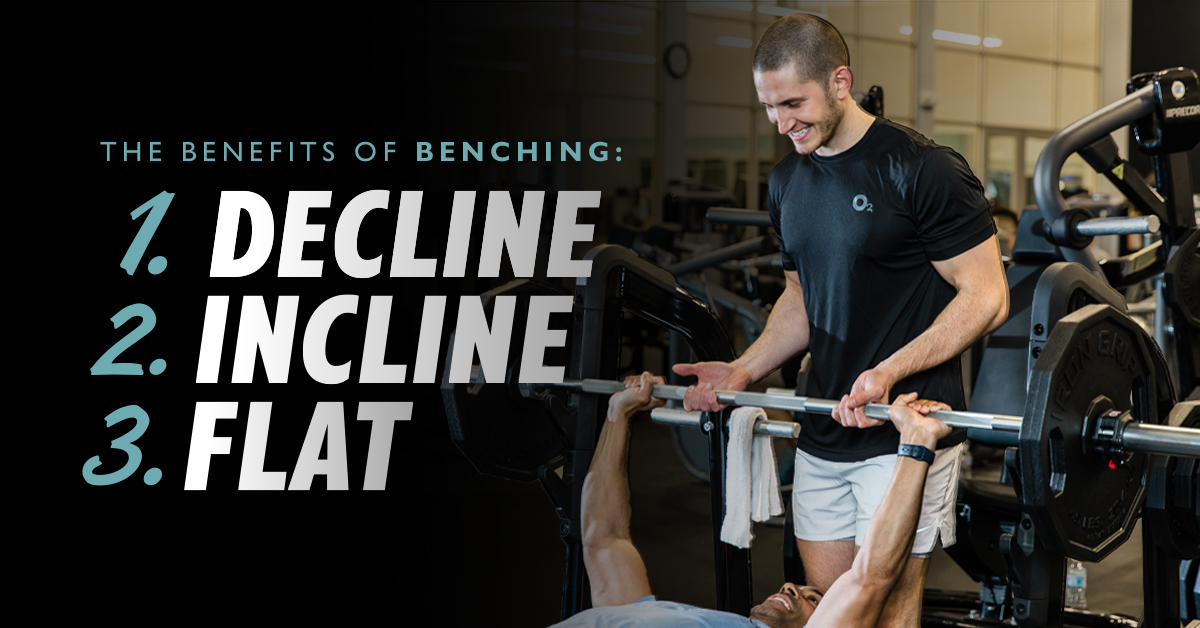

.jpg)
.jpg)
